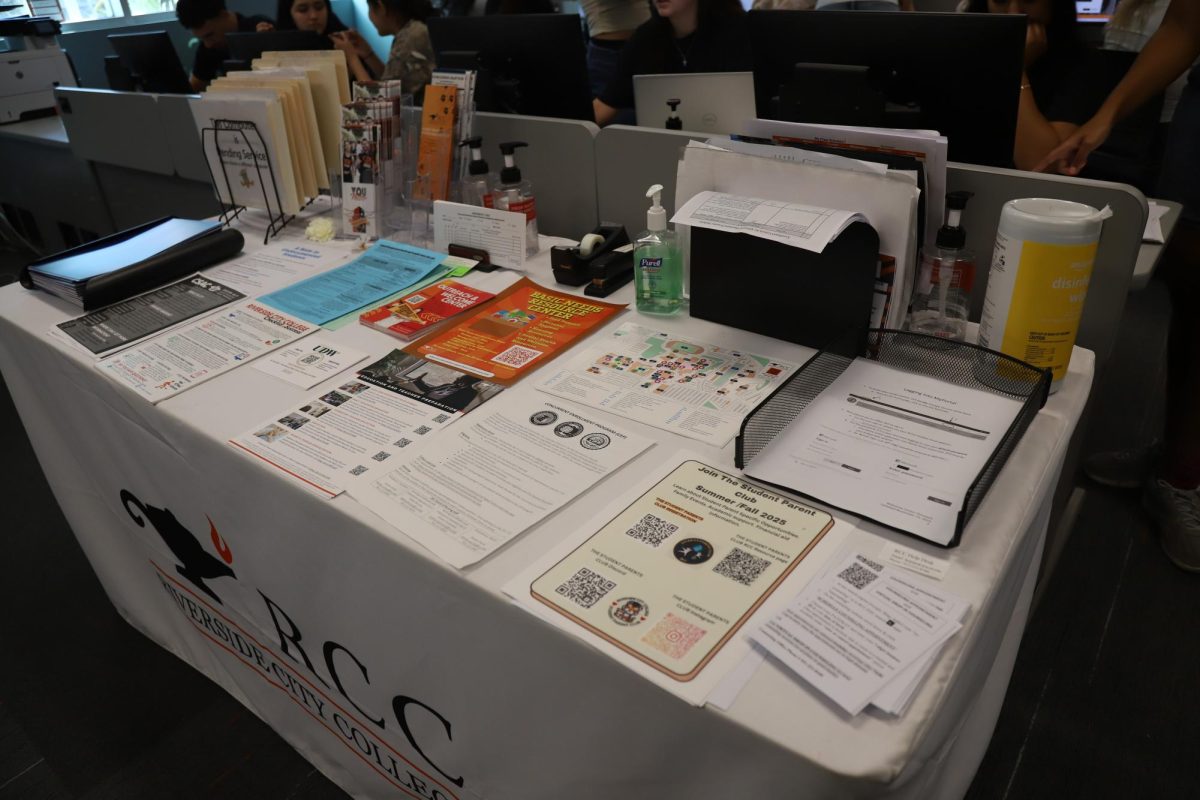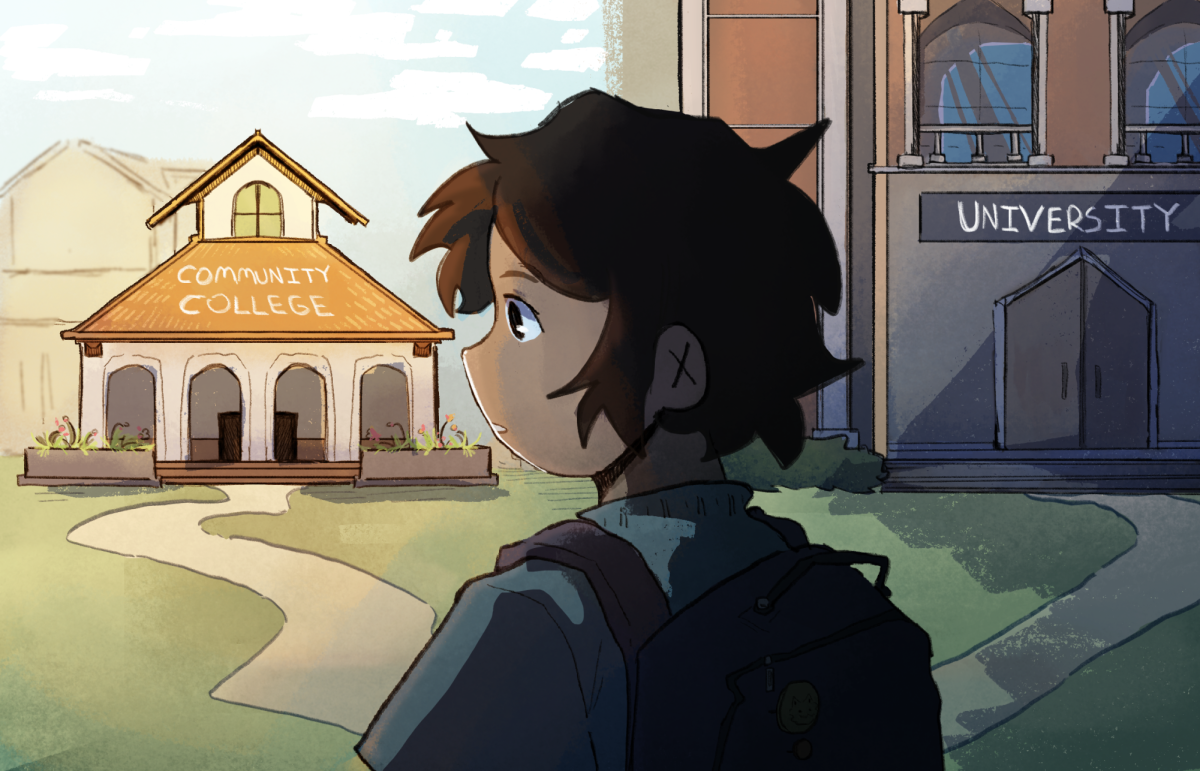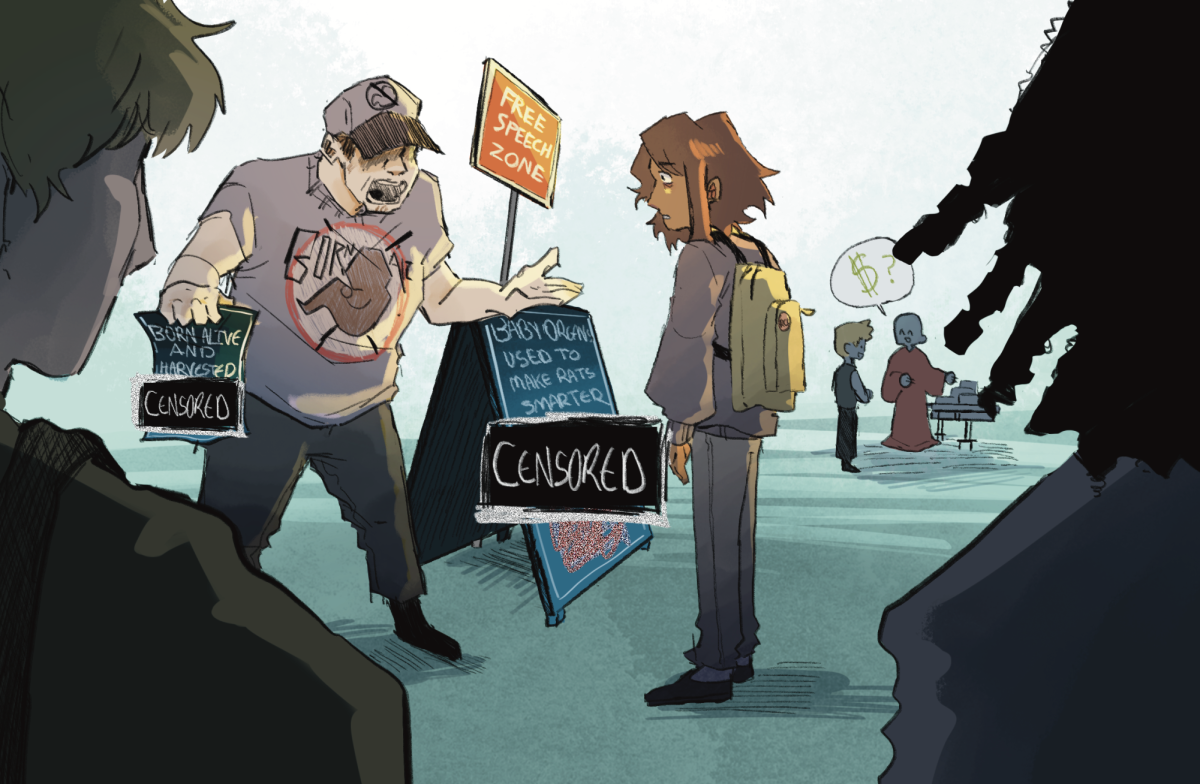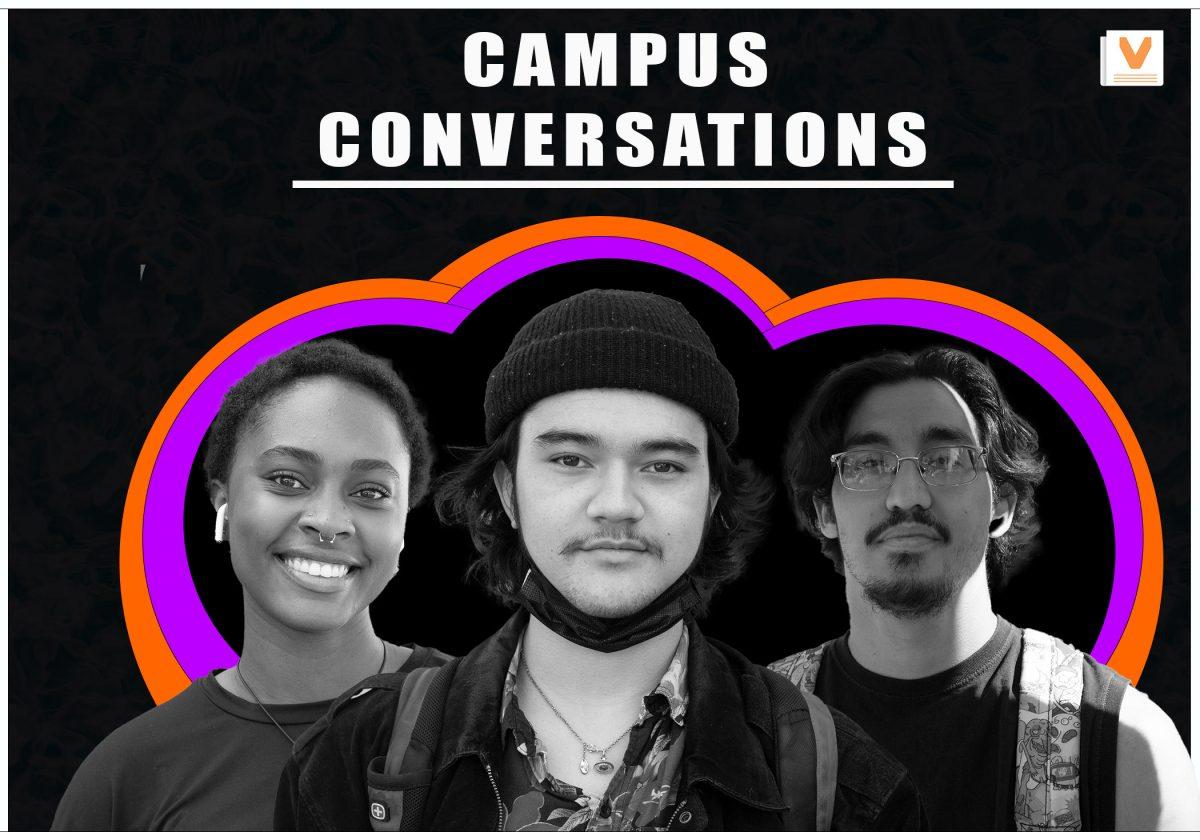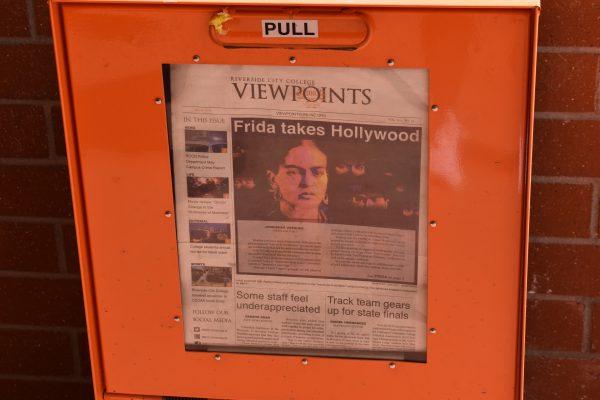
By Viewpoints Editorial
Lack of funding, staff writers and respect are issues that student journalism programs are forced to deal with despite the service it provides for its college community.
Major media outlets like CNN, The New York Times, or The Wall Street Journal will always profit and cover national news. However, our city councils, local police and college administrations are left unchecked without regional publications.
We are one of those small publications.
We believe that colleges across the nation should provide more resources for their journalism programs, both financially and logistically.
It would benefit colleges to invest in their newsrooms because student journalists focus on creating content that showcases college events or highlights outstanding work from students and faculty. This work provides an outlet, separate from colleges’ public relations teams, to help gain the greater community’s trust in the service the college provides.
Institutions have been working hard to rebuild community trust after the pandemic caused an enrollment decline. Billboards, social media ads and brochures advertising Riverside City College’s many programs are scattered throughout the Inland Empire. However, the student journalists are the ones who regularly mingle with the community and create trust with its members. If colleges helped newsrooms create strong publications, the student journalists could participate with the community and create more awareness of the college it represents.
College newsrooms are also a crucial source of information because they cover stories that local publications can’t cover due to limited resources.
Important information that affects students’ education, such as mandates, deadlines or breaking news, are reported on and posted throughout the publication’s network of information.
For example, Viewpoints reported on RCC’s food distribution during the pandemic’s onset. They covered the implementation of the mandates as it was being voted on. Coverage during stressful and unpredictable situations like a pandemic was an important resource to the community and is a service colleges should consider growing.
Colleges should also prioritize helping publications logistically by ensuring that student journalists receive the same treatment and credentials that a mainstream journalist would receive.
Viewpoints reporters or photographers are often not acknowledged and instead are treated as strangers when covering events.
Most recently, our journalists were removed from the track and field state championship event despite having proper credentials. If a precedent were set throughout institutions to ensure student journalists were properly accommodated, it would significantly increase colleges’ coverage.
Student journalists are still students, despite the pride we carry while carrying the journalist badge. Administrators should consider creating new avenues for their students to work on being the voice of the college’s community.
The Press-Enterprise and other paid media outlets are not permanent correspondents for post-secondary education. They will not report or respond to every issue or event an institution experiences, which is why a college newspaper exists to fill those gaps.
The Viewpoints editorial board urges districts to continue growing their journalism programs as it is essential to the community and the growth of the institutions we all hold dear.


